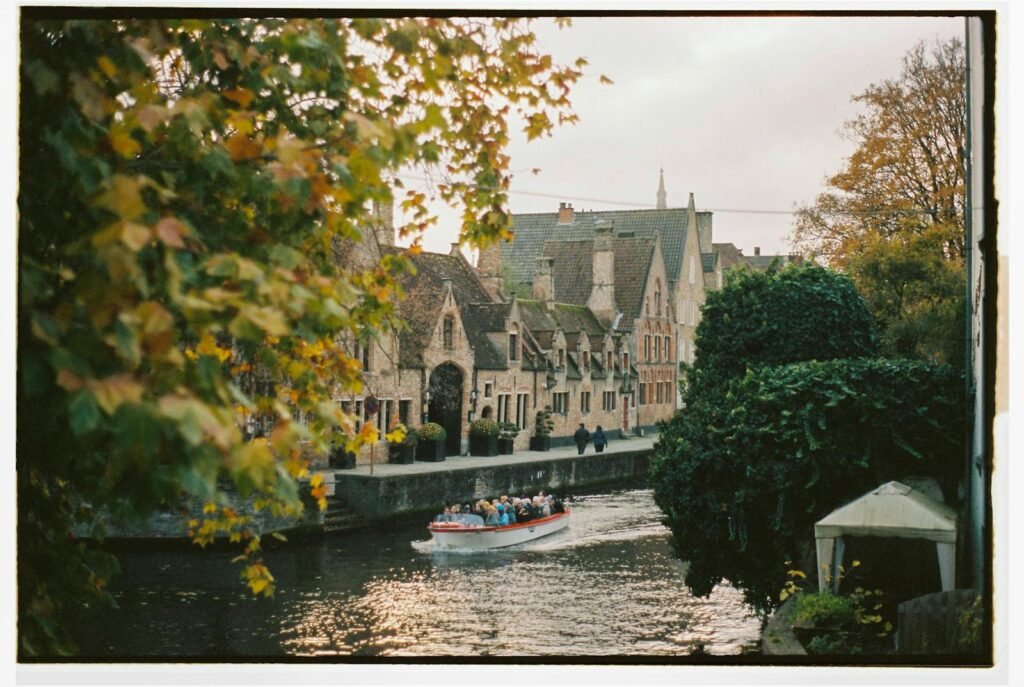Canals used for irrigation, transportation, and drinking water are becoming killing fields for animals all over the world. From Argentina’s dry plains to Mexico’s wetlands and Spain’s fields, animals are being drowned in these man-made waterways in alarming numbers. And even though the losses are astronomical, the problem continues to go largely unaddressed by policymakers and the general public. Scientists caution that without immediate action, these “silent killing machines” may speed up biodiversity loss, driving already vulnerable species toward extinction.
A Hidden Crisis in Argentina’s Gran Chaco
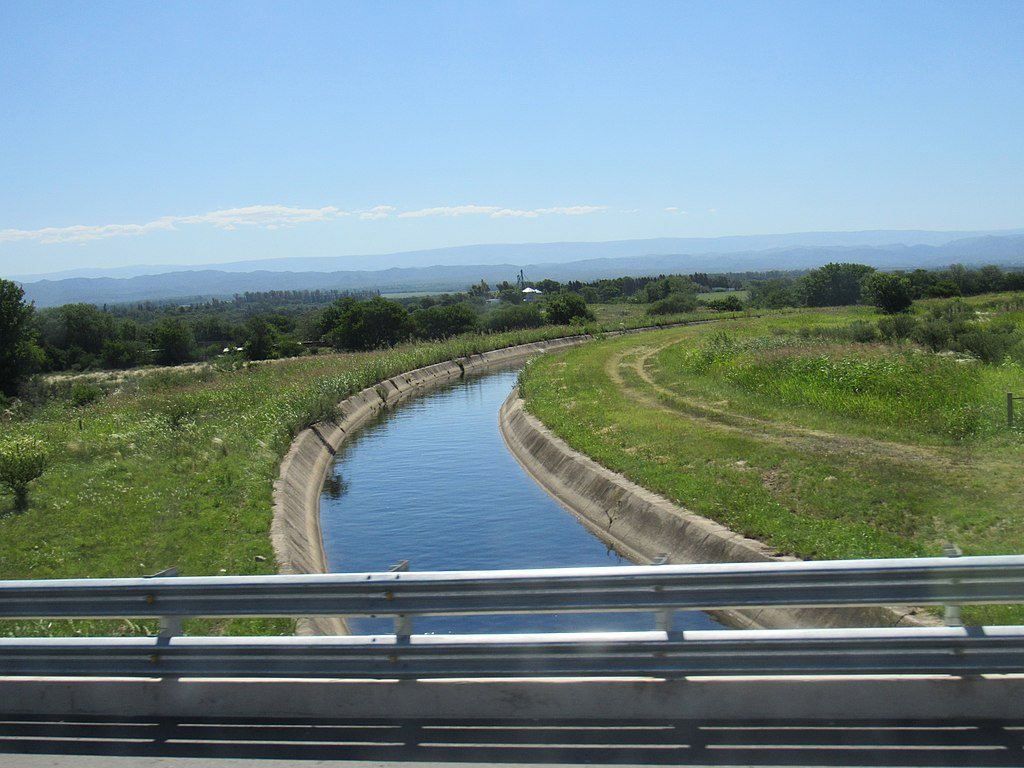
In north Argentina, biologist Diego Gallego-García came across a somber find while monitoring birds along the Canal de la Patria, a 250-kilometer (155-mile) long concrete waterway. He and his team recorded over 200 dead animals from 35 species in six months, such as the giant anteater (Myrmecophaga tridactyla), a threatened species of South American savannas.
The steep, slippery banks of the canal trap animals once they get inside, making the canal a “wildlife trap.” More worrisome still, the gradual decrease in mortality over time points to a dire possibility: populations of local wildlife are being eliminated. With 6,000 km (3,700 mi) of identical canals spread across Argentina’s arid terrain, scientists believe the issue must be much broader than documented.
Mexico’s Small Canals, Big Toll
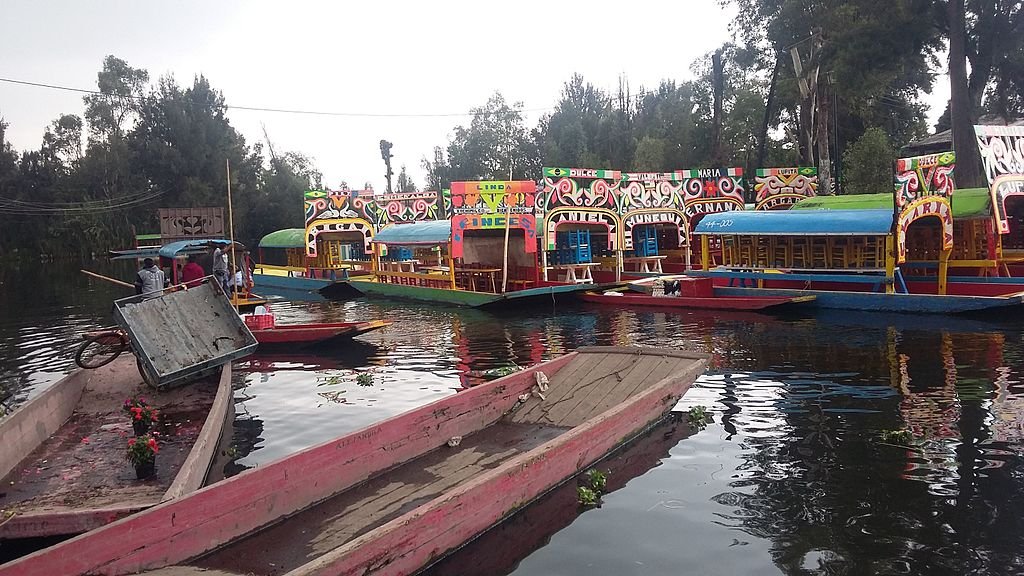
A seemingly minor irrigation canal in Toluca, Mexico just 1.5 km (0.9 mi) long revealed a shocking mortality rate. A two-year study published in PeerJ found 227 drowned animals, including reptiles, amphibians, and mammals.
“The system is small, but it has a high impact on so many species,” says Hublester Domínguez-Vega, a researcher at the Autonomous University of Mexico State. The findings highlight a global blind spot: most countries don’t track canal-related wildlife deaths, meaning the true scale of the crisis remains unknown.
North America’s Fastest Mammal Can’t Outrun Drowning
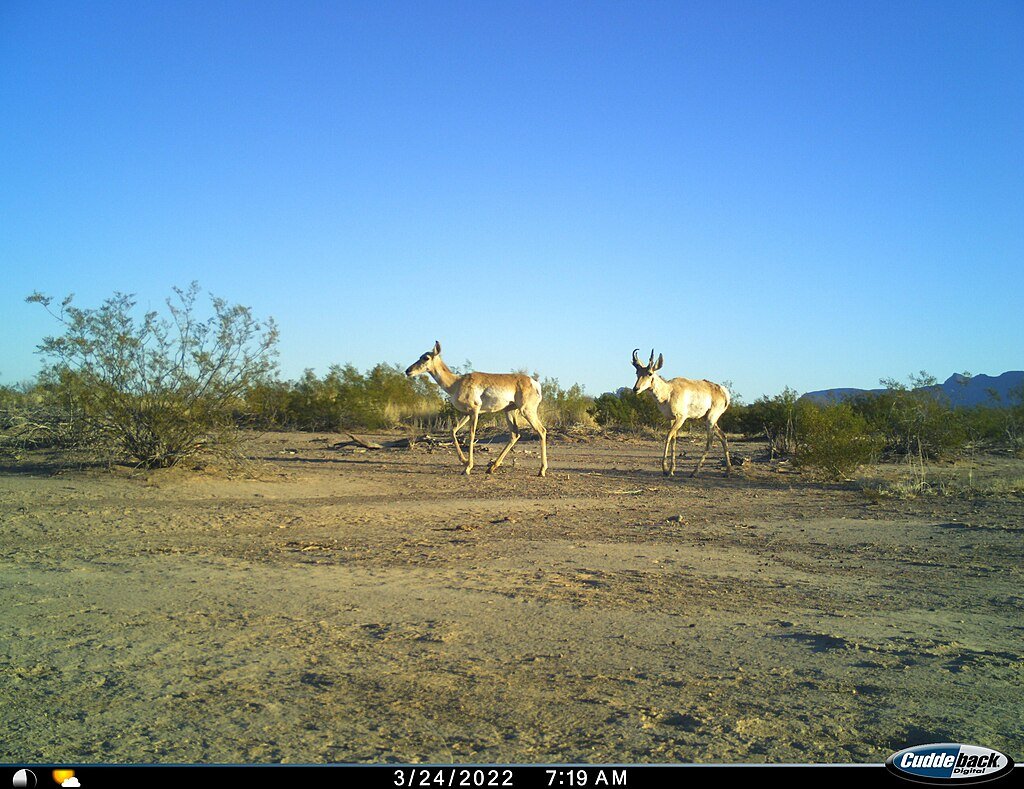
The Sonoran pronghorn (Antilocapra americana sonoriensis), capable of sprinting at 80 km/h (50 mph), still falls victim to canals in the U.S. Southwest. Paul Krausman, a wildlife expert at the University of Arizona, has documented drownings in the All-American Canal, a 130-km (80-mi) channel supplying California’s farms.
“Canals are just one of many challenges animals face,” Krausman says. “But if we ignore them, we’re ignoring a major threat to biodiversity.” With global irrigation covering an area nearly the size of India, the problem is only growing.
Europe’s Overlooked Wildlife Catastrophe
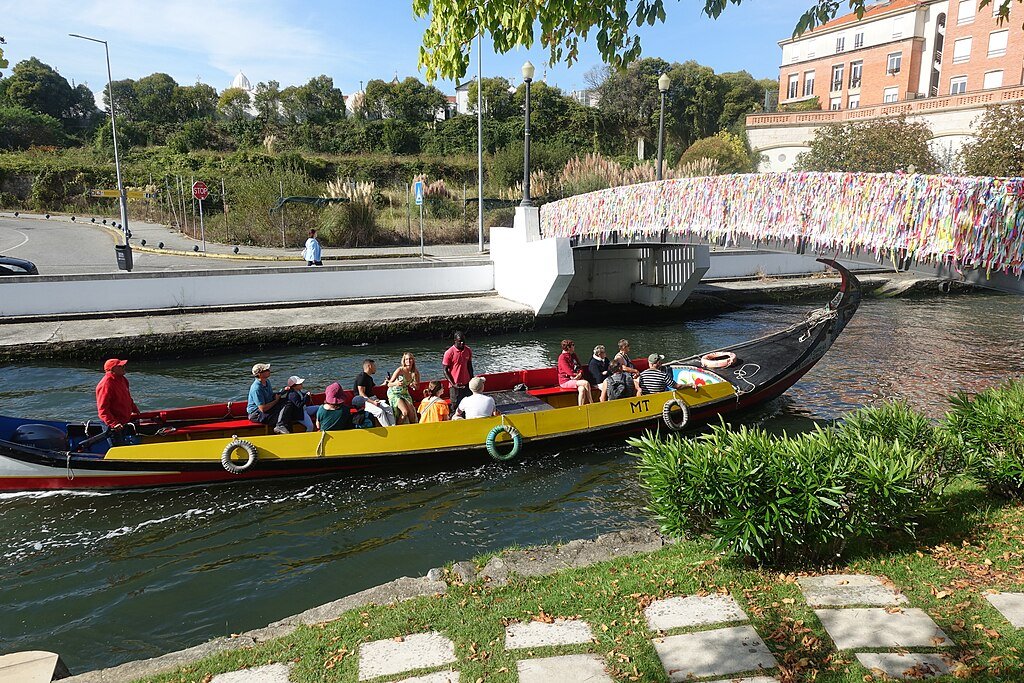
Spain and Portugal are also grappling with canal-related drownings. Studies report:
- 538 mammals dead in Spanish canals over five years.
- Roe deer, wild boars, and endangered otters among the victims.
- Fenced canals fail to prevent deaths, as animals still find ways in.
Alberto Fernandez Lopez of WWF-Spain warns that smaller species suffer the most, yet “there is a lack of research and serious action.”
Why Canals Are Worse Than Roads for Wildlife
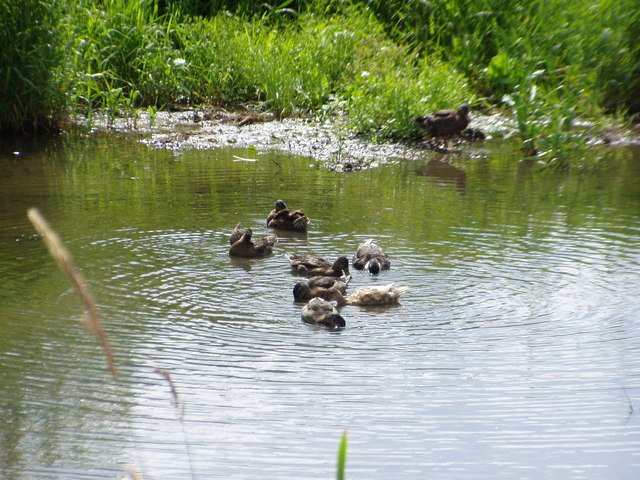
Unlike roadkill, canal drownings are unobtrusive. Dutch ecologist Edgar van der Grift expounds: “Road deaths are visible. Canals kill silently.” Further, canals isolate animal populations by fragmenting habitats and disruling ecosystems.
Solutions Exist But Will Governments Act?
Scientists propose:
- Covering canals to prevent falls.
- Installing escape ramps and abrasive walls.
- Redesigning irrigation systems to minimize harm.
“They’re silent killing machines,” Gallego-García emphasizes. “We need urgent action before more species are lost.”
But as droughts intensify and food needs increase, the construction of more canals continues. Without international awareness and policy adjustment, this concealed wildlife catastrophe will further sink one drowning at a time.
Governments in impacted nations have yet to comment on whether they track or reduce canal-related wildlife fatalities. Time is running out.
Sources:

Jan loves Wildlife and Animals and is one of the founders of Animals Around The Globe. He holds an MSc in Finance & Economics and is a passionate PADI Open Water Diver. His favorite animals are Mountain Gorillas, Tigers, and Great White Sharks. He lived in South Africa, Germany, the USA, Ireland, Italy, China, and Australia. Before AATG, Jan worked for Google, Axel Springer, BMW and others.

